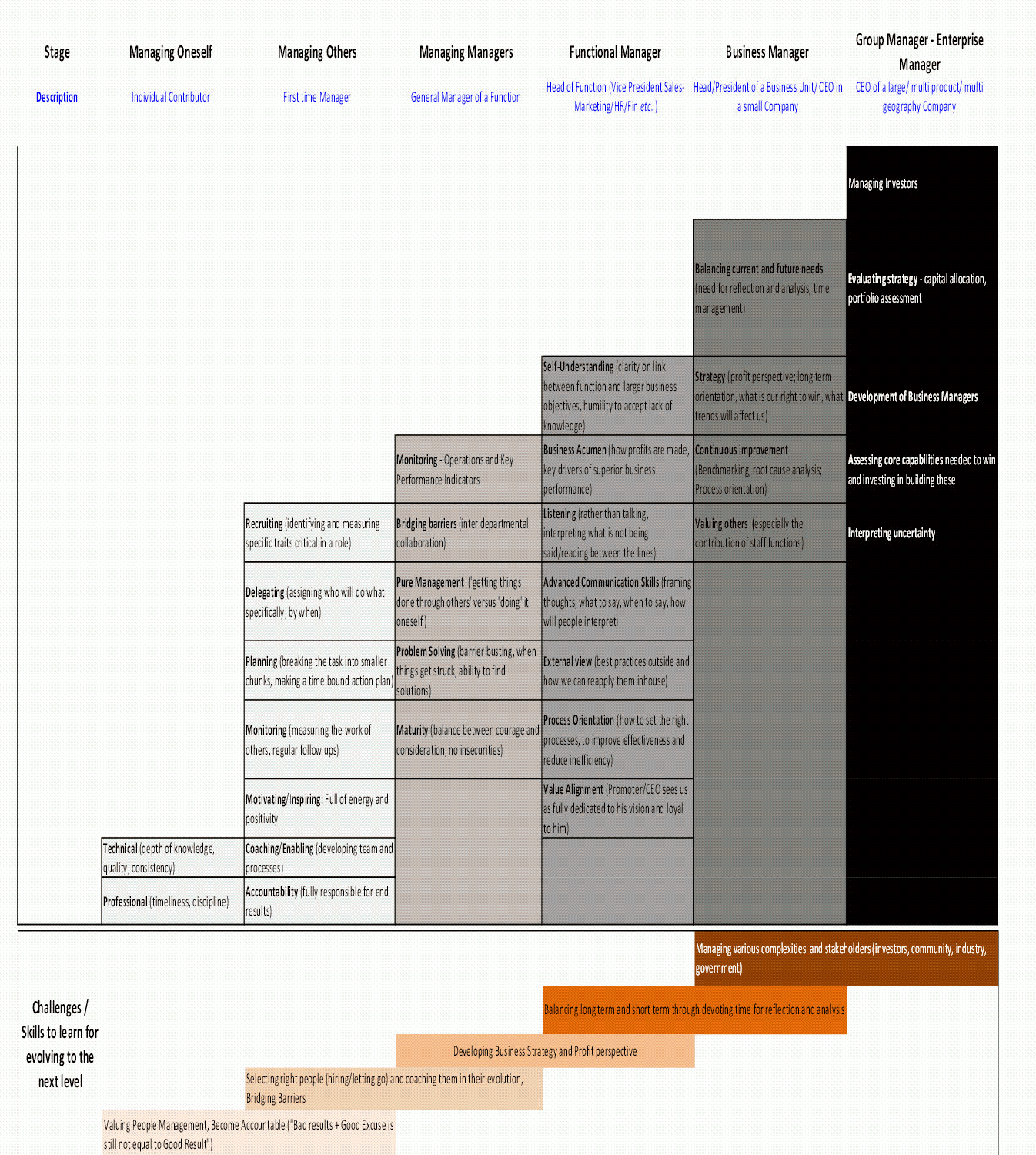Archive for year: 2013
You are here: Home / 2013
https://www.nishantsaxena.in/wp-content/uploads/2013/08/7758025.png
1125
1500
Nishant Saxena
https://www.nishantsaxena.in/wp-content/uploads/2016/04/new-logo-300x105.png
Nishant Saxena2013-08-26 10:49:202017-11-10 16:49:16Art of Story Telling
https://www.nishantsaxena.in/wp-content/uploads/2013/07/rightandwrong-300x300.jpg
300
300
Nishant Saxena
https://www.nishantsaxena.in/wp-content/uploads/2016/04/new-logo-300x105.png
Nishant Saxena2013-07-14 09:09:532019-01-31 05:47:19What is Right & What is Wrong?
https://www.nishantsaxena.in/wp-content/uploads/2013/07/what-is-love-1.jpg
300
300
Nishant Saxena
https://www.nishantsaxena.in/wp-content/uploads/2016/04/new-logo-300x105.png
Nishant Saxena2013-07-14 09:09:012017-11-12 06:37:56What is Love?
https://www.nishantsaxena.in/wp-content/uploads/2013/07/allahabad-1.jpg
300
300
Nishant Saxena
https://www.nishantsaxena.in/wp-content/uploads/2016/04/new-logo-300x105.png
Nishant Saxena2013-07-14 09:06:282017-11-12 06:55:22Nostalgic about Allahabad (Published in: HT Allahabad)
https://www.nishantsaxena.in/wp-content/uploads/2013/07/5goldenrules.jpg
480
640
Nishant Saxena
https://www.nishantsaxena.in/wp-content/uploads/2016/04/new-logo-300x105.png
Nishant Saxena2013-07-09 06:49:132017-11-12 07:07:125 Golden Rules to ensure Real business impact from Corporate Training (Published in: The Financial Express)
https://www.nishantsaxena.in/wp-content/uploads/2013/06/KY6y61vCgsH2sIcFaKIOgDl72eJkfbmt4t8yenImKBVaiQDB_Rd1H6kmuBWtceBJ.jpg
455
455
Nishant Saxena
https://www.nishantsaxena.in/wp-content/uploads/2016/04/new-logo-300x105.png
Nishant Saxena2013-06-15 08:54:112017-11-13 21:29:52The Leadership Pipeline Developing True Leaders at Every Level
https://www.nishantsaxena.in/wp-content/uploads/2013/06/finance.jpg
341
341
Nishant Saxena
https://www.nishantsaxena.in/wp-content/uploads/2016/04/new-logo-300x105.png
Nishant Saxena2013-06-15 08:52:042017-11-12 07:11:12Finance As A True Business Partner (Published in: Financial Chronicle and HT Business)
https://www.nishantsaxena.in/wp-content/uploads/2013/06/career3601.png
142
540
Nishant Saxena
https://www.nishantsaxena.in/wp-content/uploads/2016/04/new-logo-300x105.png
Nishant Saxena2013-06-15 08:30:332017-11-13 21:21:44The Great B-School Dilemma (Published in: Careers 360)
https://www.nishantsaxena.in/wp-content/uploads/2013/06/9missing.jpg
425
640
Nishant Saxena
https://www.nishantsaxena.in/wp-content/uploads/2016/04/new-logo-300x105.png
Nishant Saxena2013-06-15 08:25:352017-11-13 20:40:26Missing Elements in an MBA (Published in: HT Horizon)
https://www.nishantsaxena.in/wp-content/uploads/2013/06/are-employability.jpg
276
460
Nishant Saxena
https://www.nishantsaxena.in/wp-content/uploads/2016/04/new-logo-300x105.png
Nishant Saxena2013-06-15 08:18:032017-11-13 20:19:15Are Employability Skills Coachable(Published in: Deccan Herald)












 Organizations – both big and small – spend billions of dollars on Training. Yet, CEOs and HR Heads keep complaining that the effect of training rarely lasts. After the initial high, most employees tend to go back to their old ways, and so over a 3-6 month period, there is hardly any visible difference.
Organizations – both big and small – spend billions of dollars on Training. Yet, CEOs and HR Heads keep complaining that the effect of training rarely lasts. After the initial high, most employees tend to go back to their old ways, and so over a 3-6 month period, there is hardly any visible difference.

 3. The Trainer needs to have practical experience of that particular sector and problem. We need a consultant, with deep contextual familiarity. If we have to train the Sales force of an education company, we need a trainer who has experience doing business development in the education sector. For only he can understand the nuances – in this particular case, the unprofessionalism of various college promoters, the cheque bouncings, the apathy of most teachers and faculty, the attitude issues in the students, the cyclicity of admissions seasons etc. Effective Selling Skills in education will require accounting for these nuances. A pure Sales Trainer – who just focuses on 7Ps and Empathic Listening and Consultative Selling – will only be 60% effective, unable to contextualize his teaching to the unique problems faced by his trainees.
3. The Trainer needs to have practical experience of that particular sector and problem. We need a consultant, with deep contextual familiarity. If we have to train the Sales force of an education company, we need a trainer who has experience doing business development in the education sector. For only he can understand the nuances – in this particular case, the unprofessionalism of various college promoters, the cheque bouncings, the apathy of most teachers and faculty, the attitude issues in the students, the cyclicity of admissions seasons etc. Effective Selling Skills in education will require accounting for these nuances. A pure Sales Trainer – who just focuses on 7Ps and Empathic Listening and Consultative Selling – will only be 60% effective, unable to contextualize his teaching to the unique problems faced by his trainees.








 For HT Horizon
For HT Horizon

 Are Employability Skills Coachable?
Are Employability Skills Coachable?



 This information will never be shared with third party
This information will never be shared with third party